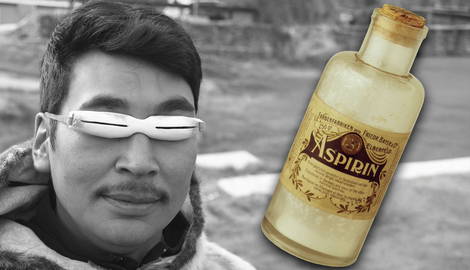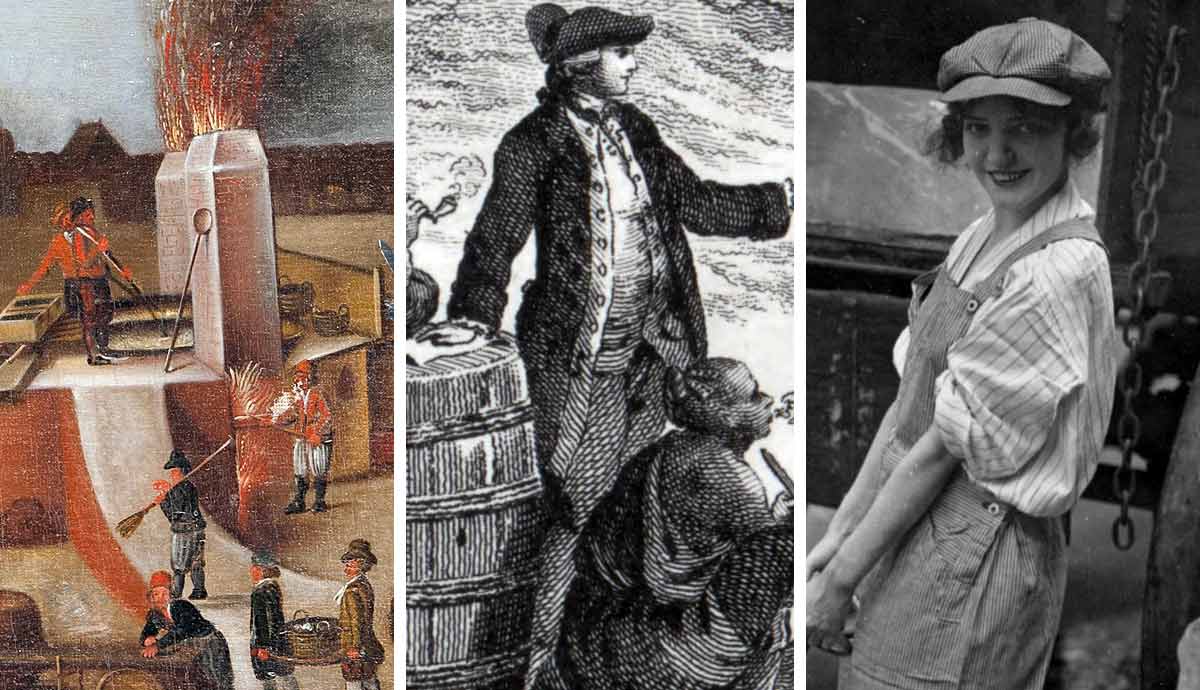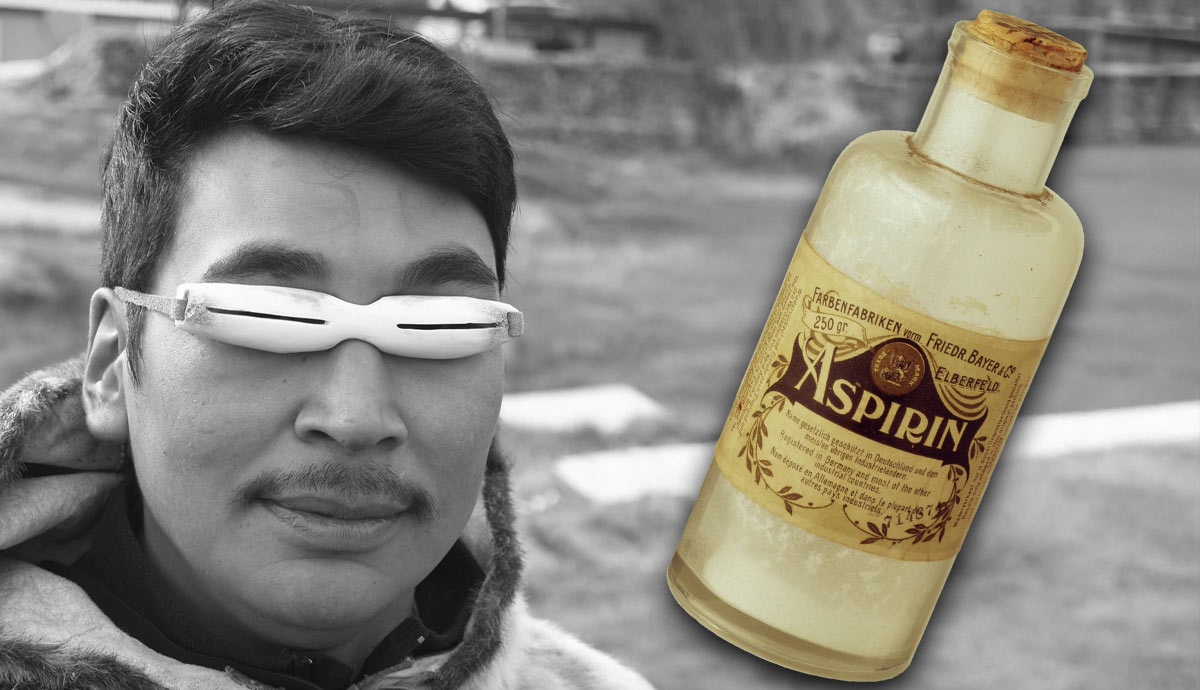
The hundreds of Native American tribes distributed across what is now the United States were subjugated and forced to assimilate into white America. Many were discouraged from holding onto their traditions, but that didn’t mean that all was lost. Efforts are still being made in the 21st century to preserve thousands of years of Indigenous culture. Not only have Indigenous men and women maintained their people’s history, they’ve made valuable contributions to America and the world. Technological innovations of America’s first peoples not only made a difference in history but are still important today.
Syringes Changed Modern Medicine

In 19th century Scotland, a doctor named Alexander Wood was credited with creating the hypodermic syringe, a tool that is still essential in human and veterinary medicine globally. While Wood might get some credit, America’s Indigenous people came up with a precursor to the syringe before colonization began. A cleaned animal bladder was used to hold fluids, and a sharpened, hollow bird bone was attached to it. The sharpened bone, like a modern needle, was used to push through the skin and put medication into the body. These early medical tools were also used to clean wounds and ears and provided an efficient way to administer enemas.
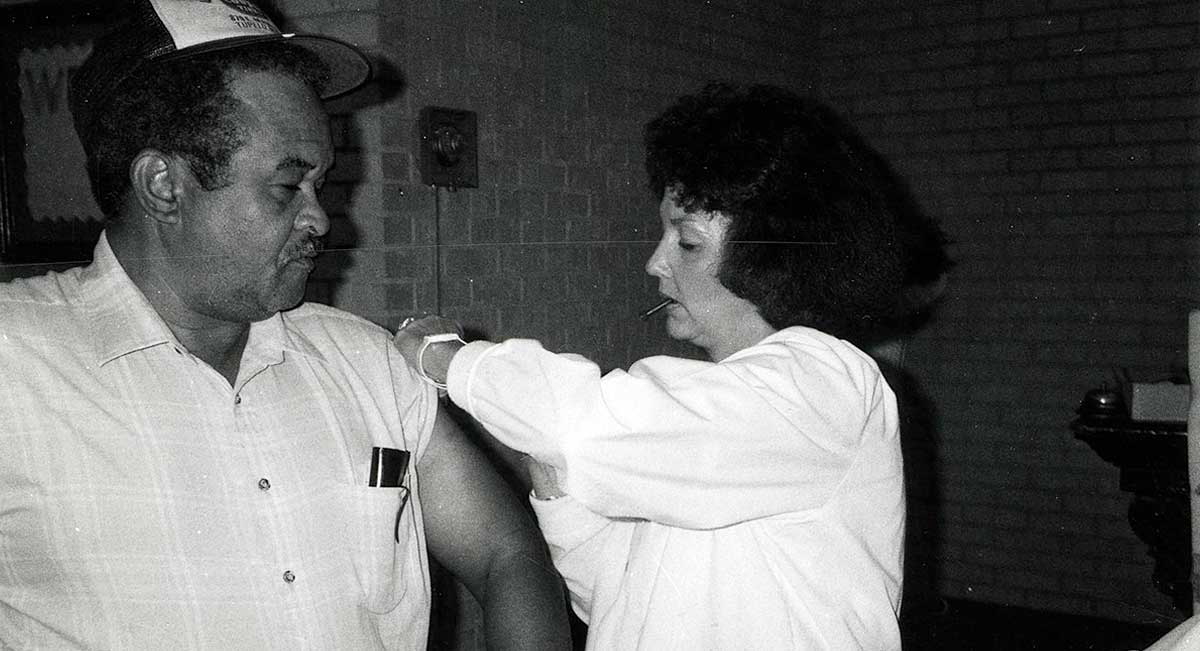
Many Native American tribes exhibited an understanding of the concept of building immunity. Although immunization wasn’t always done with syringes and needles as it often is today, there is evidence that America’s first people made efforts to immunize themselves. Documented instances of people ingesting small amounts of potentially dangerous substances to protect themselves from larger exposure have been uncovered.
Kayaks Were Essential, Now Recreational
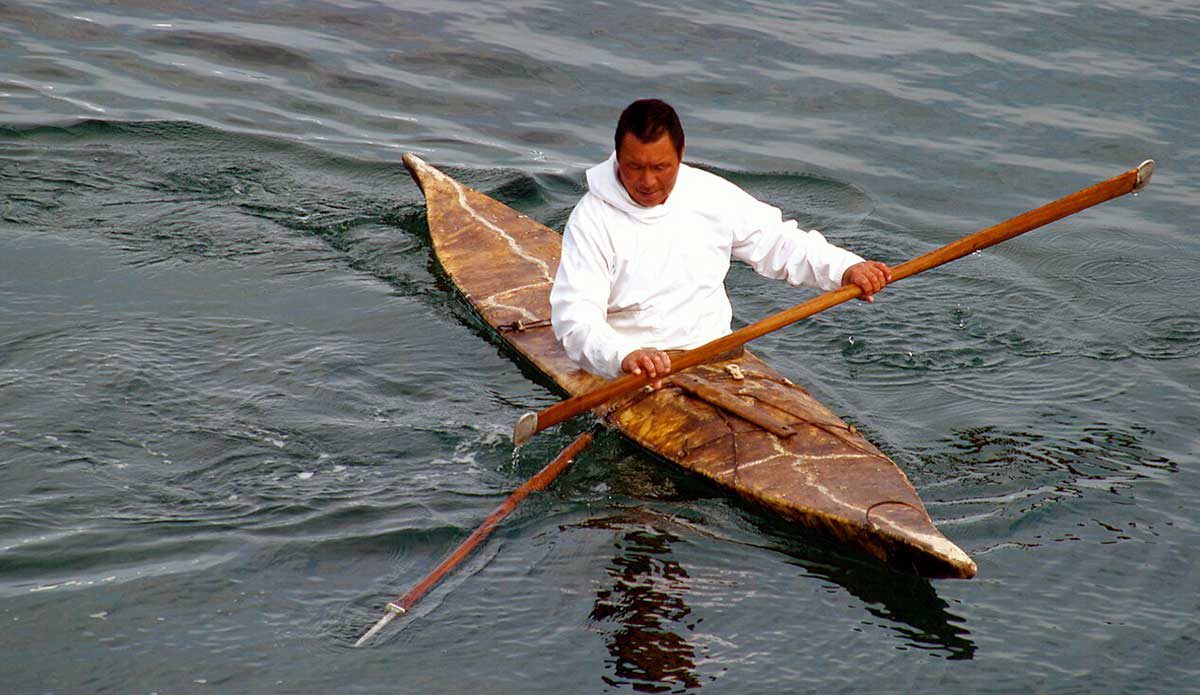
Today, kayaking is a popular recreational sport. There are many different varieties of the small boats, which typically seat one person (although two-person models are available). They are used for relaxed paddling, whitewater adventures, family sightseeing, fishing, and hunting. The last two activities are what the inventors of the kayak, North America’s Inuit people, mainly used them for. Indigenous people also used kayaks as a form of travel.
Generally, there were two main types of early kayaks, made either from driftwood or bone. The kayak frame was covered in animal skins and waterproofed using animal fat. Seal bladders were used to add buoyancy. These early boats were very light but fragile. As time went on, the boats’ construction was improved by the Inuit and also by their neighbors, the Aleut people. Eventually, larger, more stable boats were built, capable of transporting a whole family group. These umiaqs could be up to sixty feet long.
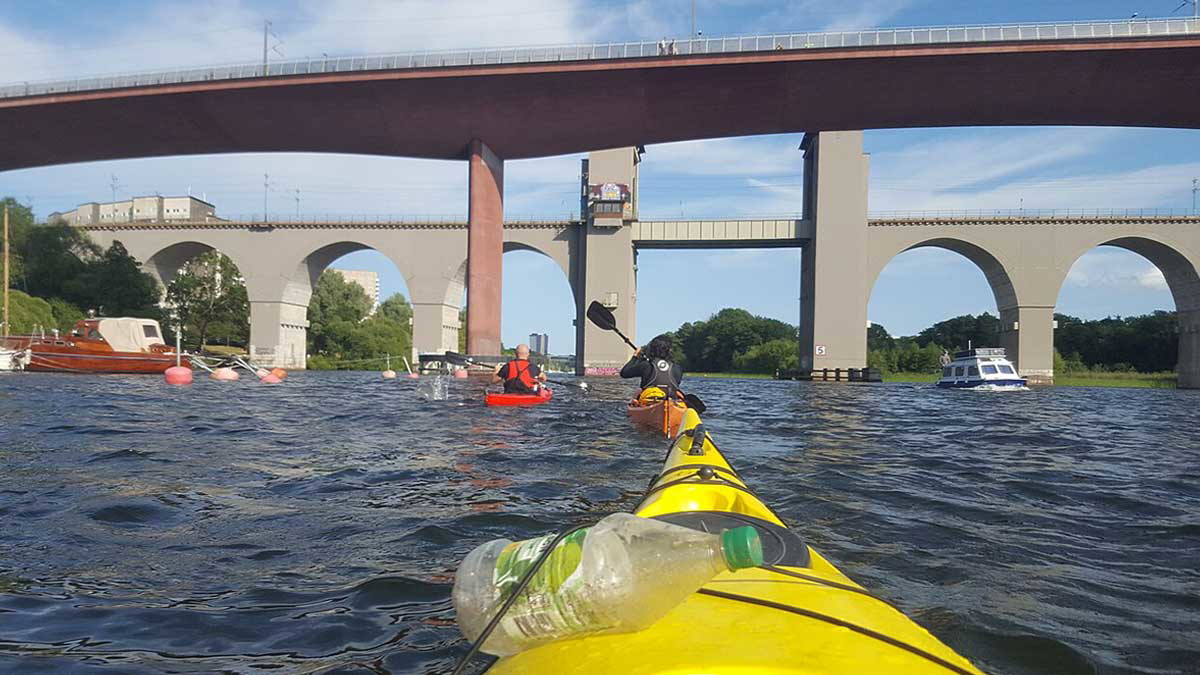
The word kayak translates to “hunter’s boat,” and though the Inuit and Aleut did some fishing for sustenance, kayaks were essential to hunting. The boats were easy to maneuver and capable of moving at a good clip. Their small size made them easy to control, even when utilizing a harpoon. Kayaks were quiet and didn’t create splashes, enabling water hunters to sneak up on prey as if they were walking on land. Today, kayaks are generally made from fiberglass, though some Indigenous artisans have preserved the art of traditional small boat crafting.
Baby Bottles Are a Necessity

The Iroquois, or Haudenosaunee people, are credited with the invention of the baby bottle. A necessity still in use today, bottles are an essential alternative or supplement for many families. Variations of baby bottles are used for livestock, pets, and wildlife rehabilitation as well. The first baby bottles were made from cleaned, dried, and lubricated animal guts, often bear. Bird quill was used as an early nipple on these bottles. Since formula is a modern invention, the early Haudenosaunee created a blend of pounded nuts, meats, and water to provide infants with nutrition when their mother’s milk was unavailable.
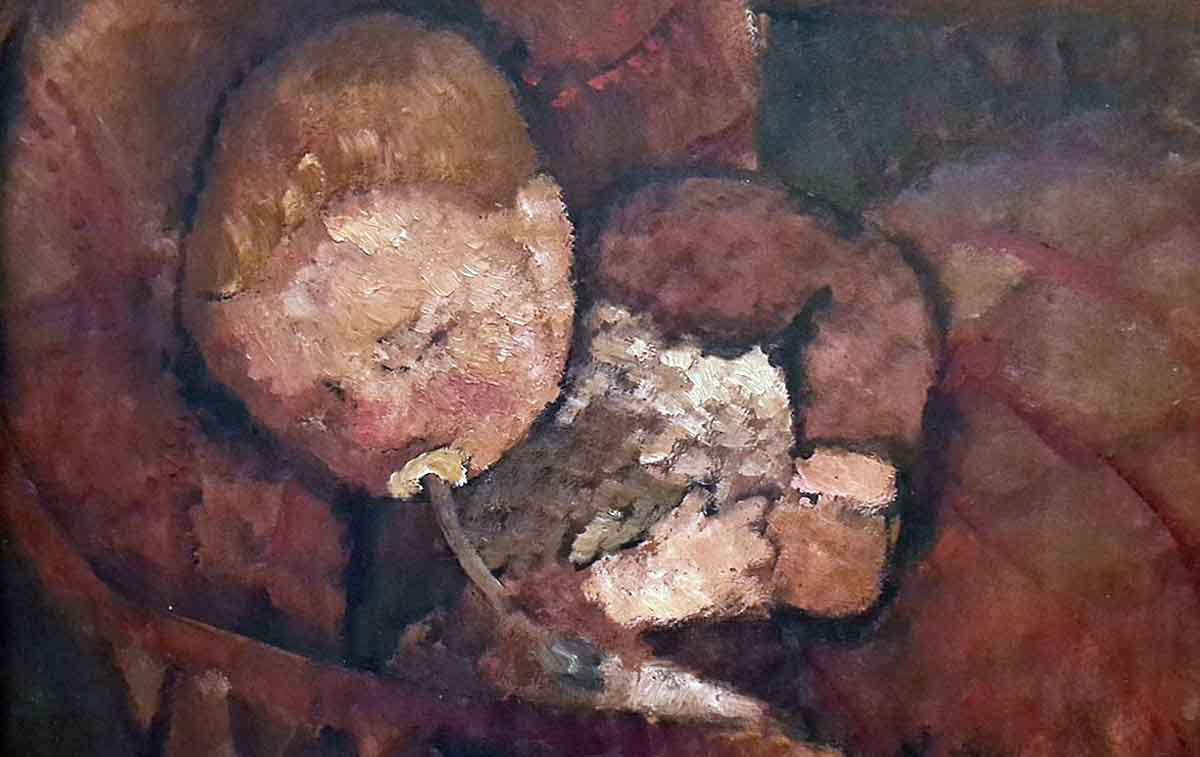
Attempting to create bottles that were more ergonomic and easier to clean, manufacturers began to focus on commercially produced baby bottles beginning in the 16th century. A variety of materials were used, including wood, pewter, and glass. Wood and pewter bottles proved dangerous. Wood could not be thoroughly sanitized, as it would absorb milk. The hazard with pewter was that the milk eventually broke down the metal, leaching harmful elements into the baby’s meal and causing a high mortality rate.
Glass bottles were introduced in the 1800s, though variations accompanied by a long rubber intake tube proved to be as deadly as pewter. Bacteria were able to grow in the tube from which the baby sucked, as they were difficult to clean. The French are credited with creating the modern version of the baby bottle, with polypropylene plastic introduced in the twentieth century. Today, bottles are still constantly evolving for efficiency, varying in nipple shapes, and utilizing new materials.
Native Americans Pioneered Pain Relief

It’s nothing in the modern world to simply reach for a bottle of pain relief tablets when a headache arises. Without the influence of pioneering Native American healers, that convenience may not be so close at hand. Willow bark was ingested under the guidance of healers from numerous tribes for use as an anti-inflammatory pain reliever. Willow bark contains a compound called salicin. When salicin is ingested, it creates salicylic acid. This acid inhibits the production of prostaglandin hormones, which contribute to pain and inflammation. A synthetic form of this naturally occurring compound was created in Germany in 1897. Salicylic acid is the main ingredient in modern aspirin, the most widely used medicine ever.
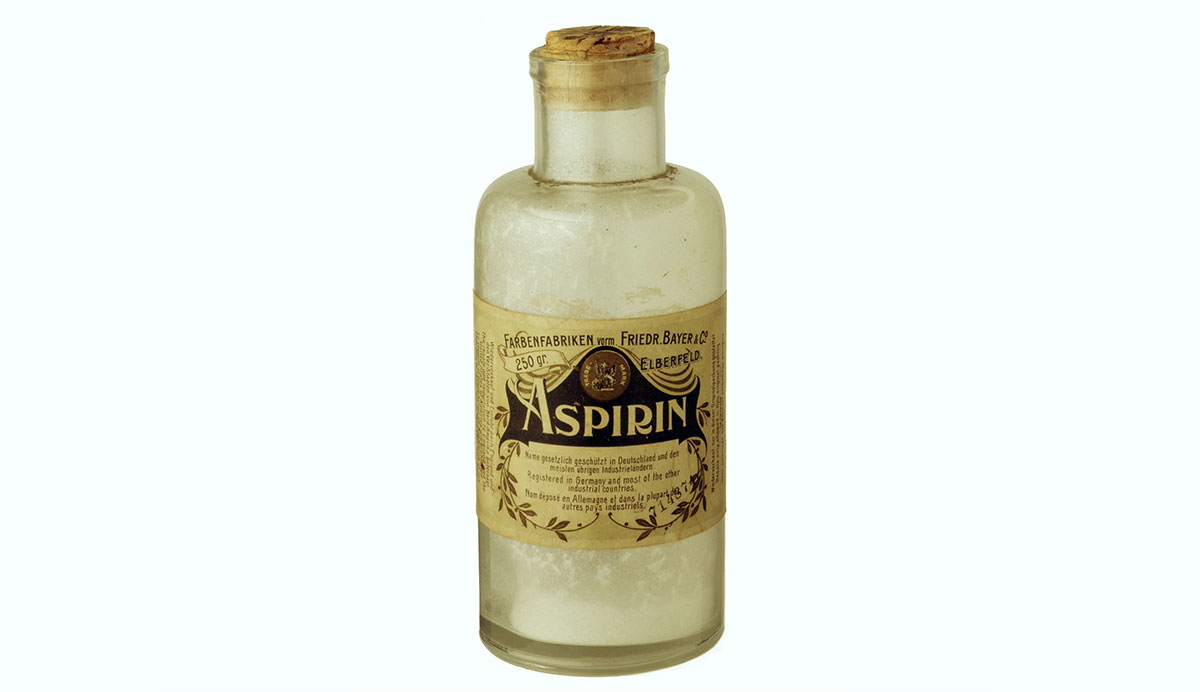
Indigenous people also created analgesic topical ointments from pain-relieving substances. Such substances included capsaicin, derived from peppers and jimsonweed. Capsaicin is still utilized today as an ingredient in topical pain relief products. These innovative ointments could be applied to cuts, bruises, and other wounds for direct pain relief.
Snow Goggles Saved Sight
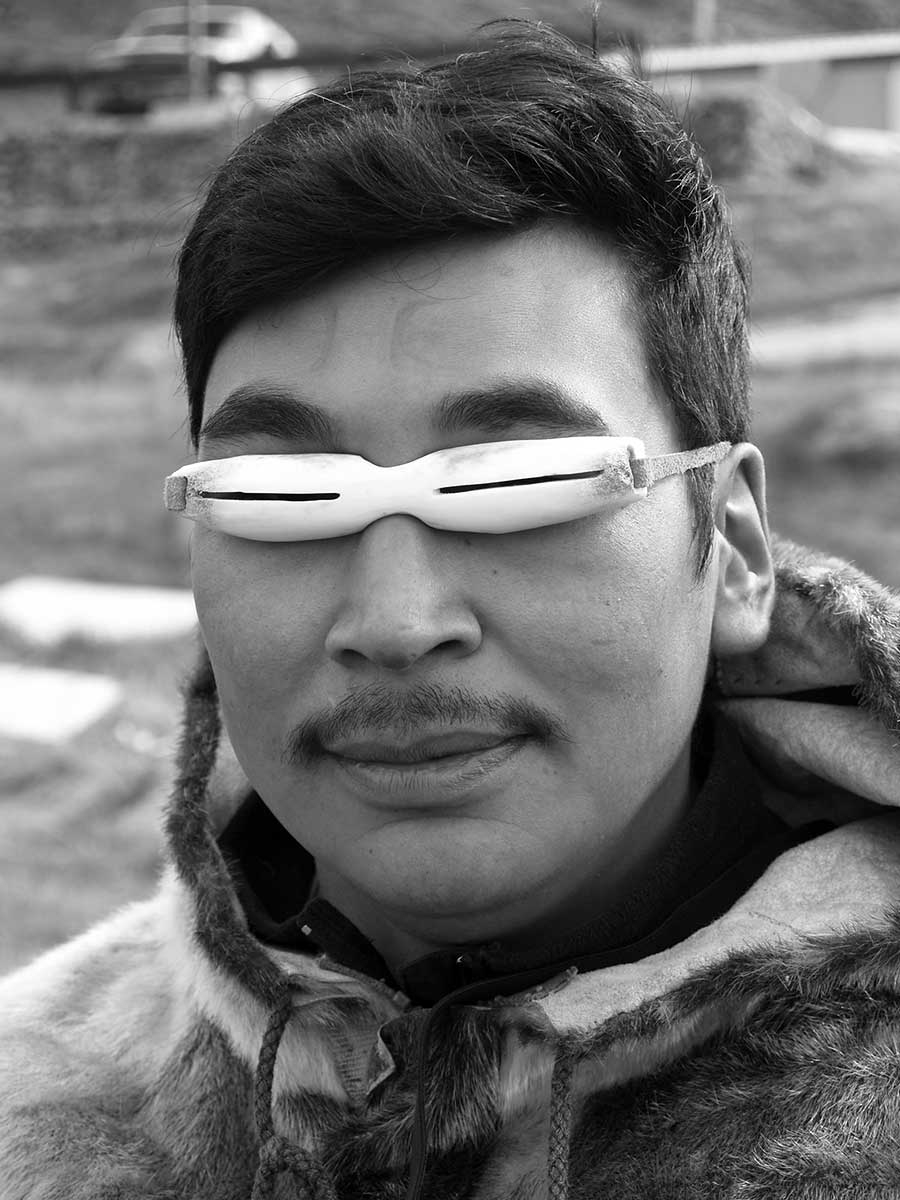
Protecting one’s eyes from the glaring effects of sun and snow is an important consideration in contemporary mountain sports, outdoor recreation activities, or simply spending time outside. A lack of eye protection in a snowy, bright environment risks a corneal sunburn from excessive ultraviolet (UV) light, leading to a condition known as snow blindness.
Indigenous people from the Alaskan region, including the Inuit and Yupik, created innovations in eye protection thousands of years ago. Snow goggles were an invention that limited vision to just a small slit, reducing glare and protecting the eyes from UV damage. Goggles were created from a variety of materials, including bone, antler, or wood. A strap was tied around the head to keep the goggles in place.

Not only do snow goggles protect the eyes, they can improve vision. The slits in the goggles focus light, and as a result, distant objects appear sharper and more in focus. After the native Alaskans, some of the earliest humans to use snow goggles were mountaineers, as well as the first airplane pilots and automobile drivers. They led to the development of sunglasses, which are still constantly evolving in style and function today.
Lacrosse is America’s Oldest Team Sport
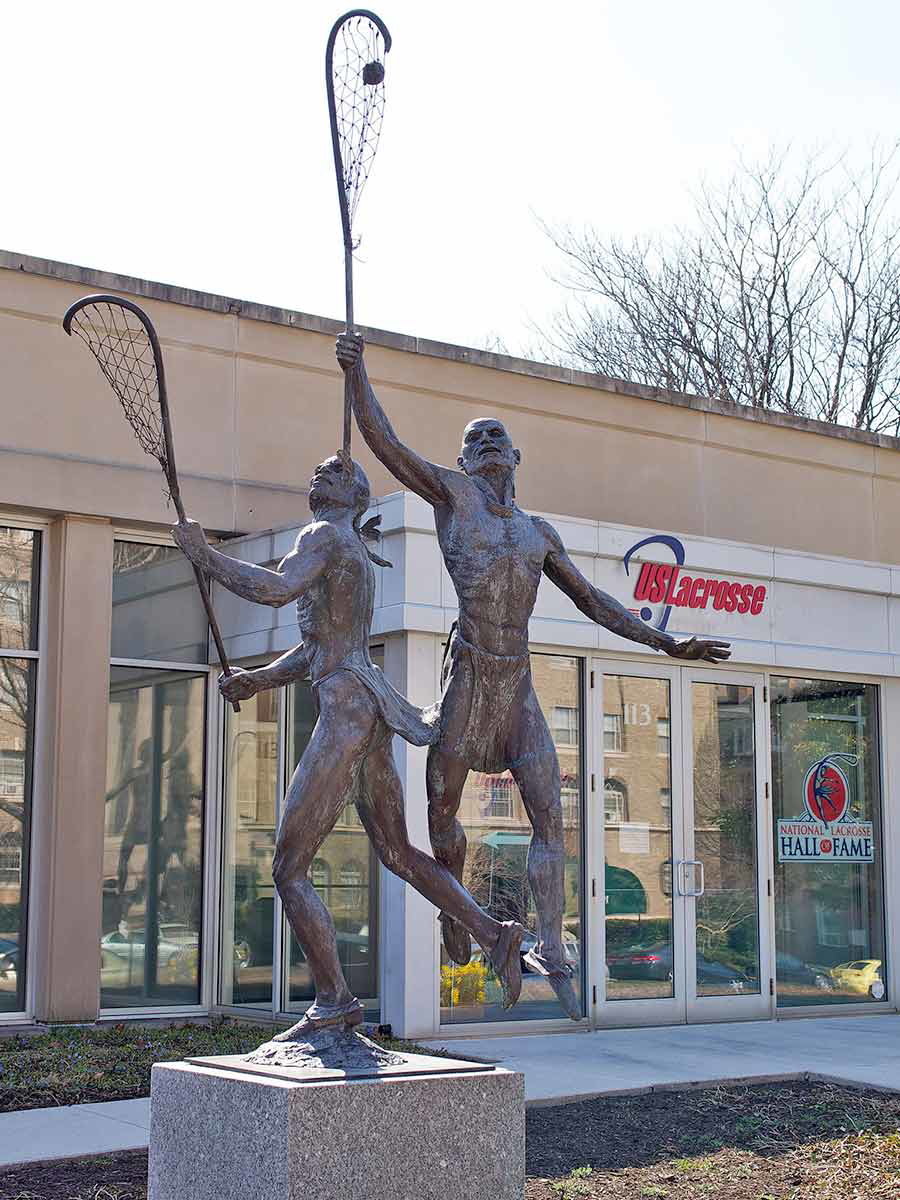
Lacrosse’s origins can be traced back to tribes in America’s 12th century. Lacrosse was more than a sport to many Indigenous people, who used it for religious rituals and battle training. The modern name “lacrosse” actually comes from a French missionary who thought the stick resembled the curved top of a bishop’s staff (“crosse”). To the original players, the activity had numerous names, including “Creator’s Game,” “Baggataway,” and “Tewaaraton.” The importance of lacrosse was such that Haudenosaunee people traditionally buried a man with his lacrosse stick so that he could use it in the next life. Today, America’s oldest team sport is played by 431 men’s college teams, and women’s teams are offered at many institutions as well.as well.
